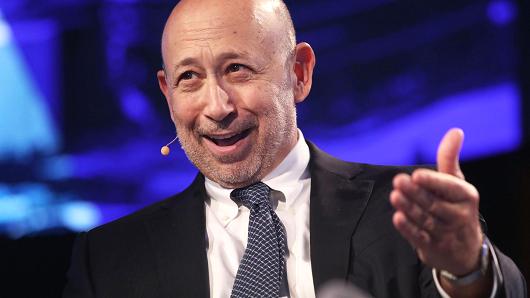
The global oil market is a delicate thing. While roughly 100 million barrels per day (BPD) move around the world, the slightest change in the level of either supply or demand can wreak havoc on oil prices. That was abundantly evident last fall, when crude prices crashed 40% after supplies outpaced demand by around 2 million BPD because U.S. sanctions on Iran weren’t as powerful as promised.
Crude prices, however, have sharply reversed course in 2019, thanks in part to OPEC’s decision to reduce its output. That might only be the beginning because supplies from Venezuela, which have already fallen off a cliff, are at risk of tumbling further as that country’s economic and humanitarian crisis deepens. Add those supply concerns to faster-than-expected demand growth, and oil prices could spike in the coming months, which could fuel big gains in the stock prices of financially weaker oil producers.
The delicate balance might not last
OPEC, in coordination with several non-member nations, reduced its output to start this year, which helped get oil market fundamentals back into balance. However, the International Energy Agency’s (IEA) latest monthly report on the oil market contained a stark warning. The IEA pointed out that “during the past week, industry operations [in Venezuela] were seriously disrupted” by power outages in the country, and that “ongoing losses on a significant scale could present a challenge to the market.”
The country has been producing about 1.2 million BPD, which is a sizable decline from the 2 million BPD it was pumping out in 2017 and well below its peak of 3 million BPD in the late 1990s. Output, however, could decline much further due to the country’s electricity crisis because oil pumps need power to produce. It’s possible that supplies could drop by more than half if Venezuela doesn’t quickly restore power to the poorer rural areas where it pumps out the bulk of its oil.
If that were to happen, it could significantly disrupt the oil market, causing prices to spike further, especially since oil demand has come in higher than expected so far this year. According to a forecast by investment bank Goldman Sachs, oil demand is on pace to grow by nearly 2 million BPD during the first quarter, blowing past its estimate of a 1.1 million BPD increase. While the IEA isn’t quite as bullish since it hasn’t altered its full-year forecast, the potential for faster-than-expected demand growth coming at a time of a possible supply shortage could fuel a big spike in oil prices — at least until OPEC starts reversing its earlier production cuts.
What this means for oil investors
Goldman Sachs believes that faster demand growth alone could push the global oil benchmark back over $70 a barrel, up from its current level in the mid-$60s. If that were to happen, oil stocks would likely surge, as higher oil prices would boost their cash flows.
While that rising tide would likely lift all boats, financially weaker oil producers could be among the biggest beneficiaries because those companies need higher prices to give them the cash flows to more quickly pay down their larger debt loads. Two names to keep an eye on are Chesapeake Energy (NYSE:CHK) and Denbury Resources (NYSE:DNR). Shares of both companies spiked through the first half of last year as oil prices rallied, with Chesapeake surging more than 35% at one point while Denbury zoomed nearly 200%. Both stocks, however, cratered as oil prices sold off during the fourth quarter, causing Chesapeake Energy to end the year down almost 50% while Denbury Resources finished lower by 23%.
This year’s more-than-20% rebound in oil prices has already spurred a more-than-40% rally in Chesapeake’s stock price. Denbury is up about 5%. Both stocks could continue rebounding if oil prices spike, since that would boost their cash flows and ease the pressure on their balance sheets. On the other hand, if Venezuela quickly stabilizes or oil demand growth slows, these oil stocks would likely be among the hardest hit.
Oil price volatility appears poised to increase
While crude prices have already rebounded sharply this year, they could have much further to run, especially if Venezuela’s power crisis deepens at the same time demand growth accelerates. That could cause big spikes in the stock prices of financially weaker oil producers. However, while it’s tempting to want to buy that type of oil stock in hopes of a quick profit, that decision could come back to burn buyers given that volatility can cut both ways. That’s why investors are better off considering producers that can still make money at lower prices, as they offer solid upside if oil keeps going higher but with less risk than their weaker peers if it tumbles again.
























